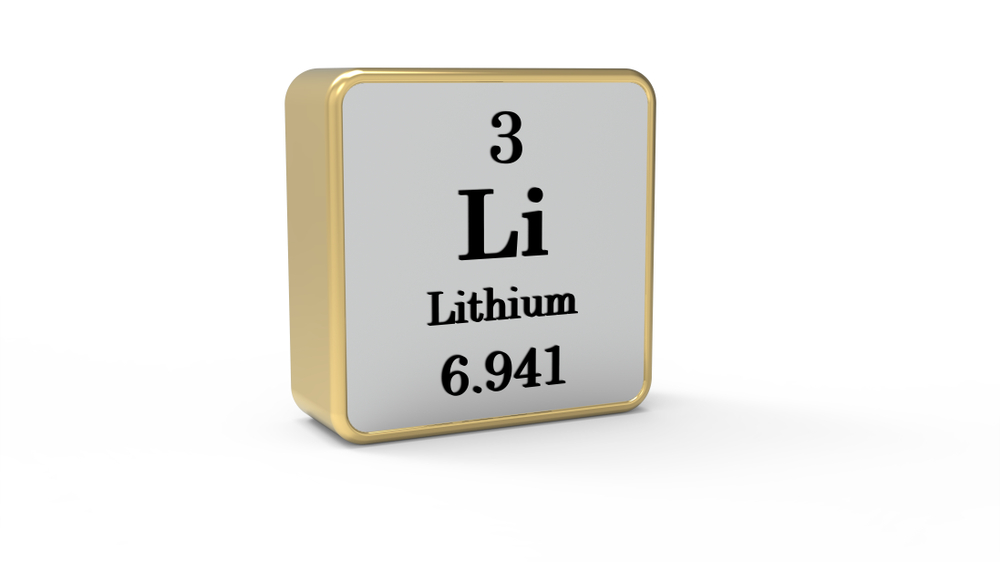The energy sector is hot… hot… hot.
Investors who have followed our lead are doing quite well. Chevron (NYSE: CVX) is buying back billions of dollars’ worth of shares. Exxon Mobil (NYSE: XOM) is crushing records. And the poor, poor president is wagging his finger at all the easy money.
The truth, of course, is the president and his like-minded cronies should get full credit for the sector’s profit-gushing ways. It wouldn’t have record-breaking earnings without the perverted incentives created by government policy.
The elected class put all their money on the wrong horse – a mere pony amongst great stallions.
When the race came to the backstretch, their entry couldn’t keep up.
The earnings went to the big and the experienced.
And it’s not just in oil that we’re seeing this play out.
That’s what I want my readers to understand. The government’s manipulations of the energy sector have disrupted things far and wide.
Be Careful
I’ve written a few words about electric vehicles (EVs) over the years. And my top pick in this red-hot sector recently soared as much as 85% in one day.
In late January, though, the bidding went to Lithium Americas (NYSE: LAC). The lithium miner surged by 15% as word spread that General Motors (NYSE: GM) would invest $650 million in the company.
Investors who have long touted lithium investments as the next big boom pumped their fists high into the air.
But be careful, I say.
General Motors’ new toy isn’t actually a lithium producer… not quite yet.
You see, the carmaker is putting its money into a specific project. GM wants to help Lithium Americas develop a deposit known as Thacker Pass. The project won’t actually produce any of the metal until late 2026.
That’s three years from now… darn near an eternity in today’s EV market.
Investors (mainly retail investors) are pricing perfection into the market. They’re expecting to see what we’ve all read about – that there’s not enough lithium to meet demand.
At almost every public event I attend, somebody pulls me aside and proudly whispers about their moves into the lithium market. Everyone seems to be convinced it’s the next big thing.
My advice is to hold on a minute.
There are ample signs of bullishness. But there’s also plenty of reason to believe that the market is chasing its tail on this one… that it’s pushing prices higher in yet another cheap-money-induced speculative bubble.
Trouble
You see, something peculiar happened in the EV space last year.
Carmakers couldn’t build cars. Just about every manufacturer in the space got dinged because it couldn’t get the high-end processors it needed. Tesla’s shares took a big hit because of that.
This problem zapped the fundamental bullishness for the lithium sector.
What was once expected to be a 15,000-metric-ton shortage of lithium (that’s about $825 million worth of the metal at current prices) is now expected to turn into a surplus of some 2,000 metric tons this year.
That’s a huge turnaround. I expect the surplus to grow even more as time does what time does.
Even more interesting are the pricing forecasts from the folks in the industry. My research shows most analysts believe lithium prices peaked last year and are likely to level out over the next three years.
And let’s not forget the other market forces at play here. Battery technology is changing quickly. Lithium is expensive, and it’s very dirty to produce, store and dispose of (shh… the environmental crowd with their feel-good blinders don’t want you to know this). Manufacturers are racing to find alternatives.
With the markets pricing in tremendous growth for so many lithium stocks – not unlike what we saw with tech stocks in the late 1990s – any speed bump in the road ahead will be trouble for shareholders.
Let’s not forget that General Motors’ latest investment has zero revenue and is losing about $100 million per year… yet has a $3.4 billion price tag. The investment from Detroit (the size of a rounding error for General Motors) will merely help keep the lights on.
Bottom line: There are better investment opportunities in the energy sector right now.
Credit: Source link














